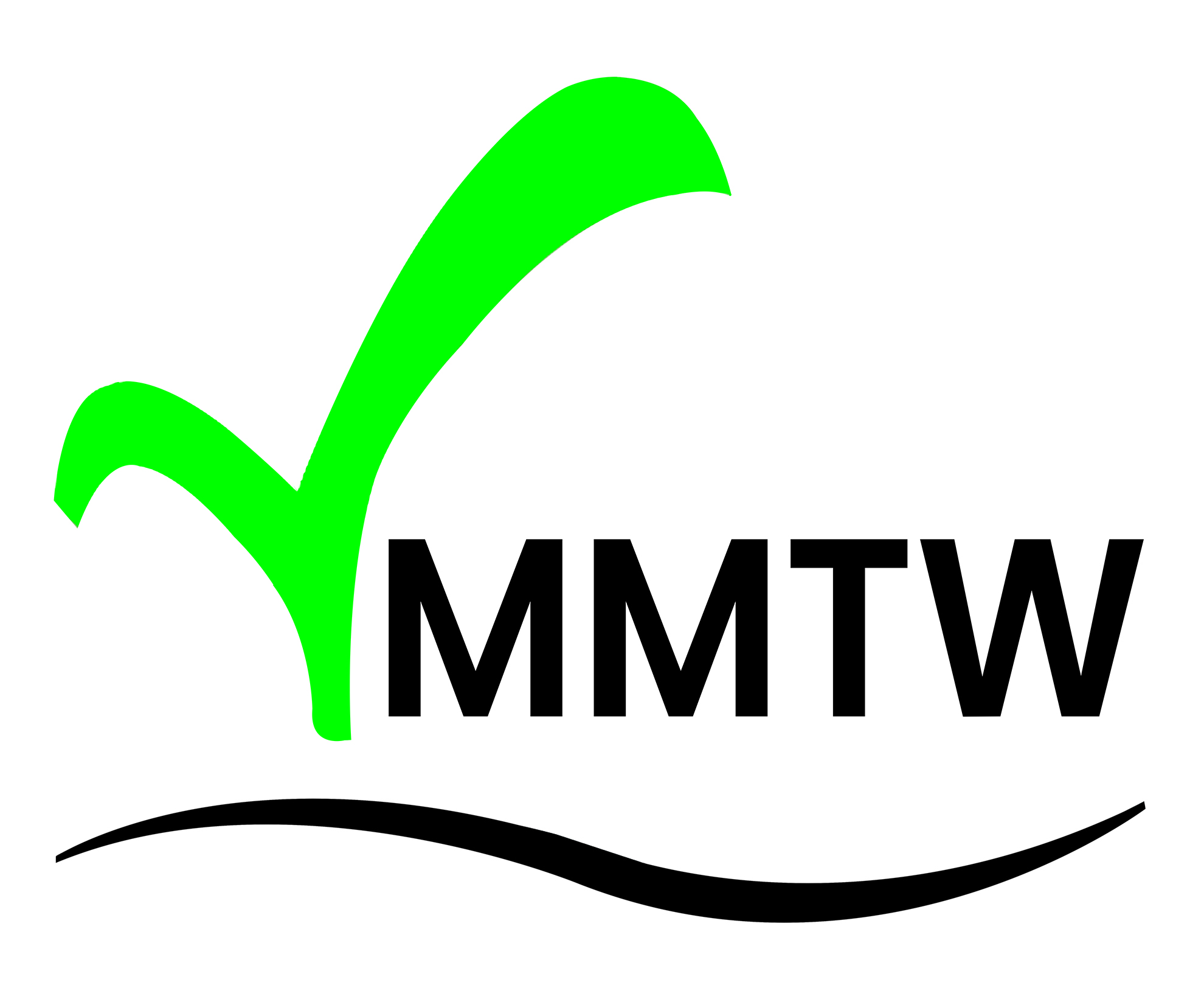Introduction
Social media allows relationship forming between users from distinct backgrounds, resulting in a tenacious social structure. A prominent output of this structure is the generation of massive amounts of information, offering users exceptional service value proposition. However, a drawback of such information overload is sometimes evident in users’ inability to find credible information of use to them at the time of need. Social web sites are already so deeply embedded in our daily lives that people rely on them for every need, ranging from daily news and updates on critical events to entertainment, connecting with family and friends, reviews and recommendations on products/ services and places, fulfillment of emotional needs, workplace management, and keeping up with the latest in fashion, to name but a few.
“The biggest risk is not taking any risk… In a world that changing really quickly, the only strategy that is guaranteed to fail is not taking risks.”
Social Media Apps

Social Media
When we refer to social media, applications such as Facebook, WhatsApp, Twitter, YouTube, LinkedIn, Pinterest, and Instagram often come to mind. These applications are driven by user-generated content, and are highly influential in a myriad of settings, from purchasing/selling behavior, entrepreneurship, political issues, to venture capitalism (Greenwood and Gopal 2015). As of April 2017, Facebook enjoys the exalted position of being the market leader of the social web world, with 1.97 billion monthly users (Statista 2017). In addition to posts, social web sites are bombarded with photo and video uploads, and according to the recent numbers, about 400 million snaps a day have been recorded on Snapchat, with around 9000 photos being shared every second (Lister 2017). While 50 million businesses are active on Facebook business pages, two million businesses are using Facebook advertising. Apparently, 88% businesses use Twitter for marketing purposes (Lister 2017).
Social Media Research
Our literature search suggests that there are reviews on social media in the marketing context. However, there exists no comprehensive review that integrates and synthesis the findings from the articles published in Information Systems journals. Such an endeavour will not only provide a holistic view of the extant research on social media, but will also provide researchers a comprehensive intellectual platform that can be used to pursue fruitful lines of enquiry to help advance research in this rapidly expanding area. To fulfill this goal, this study reviewed relevant articles to elucidate the key thematic areas of research on social web, including its benefits and spillover effects. The resulting review is expected to serve as a one-stop source, offering insight into what has been accomplished so far in terms of research on social media, what is currently being done, and what challenges and opportunities lie ahead. By doing so, this study explores the following aspects of existing research on social media:
- How is social media defined in the IS literature?
- How has social web literature evolved from a multidisciplinary perspective?
- How have social media technologies, applications, practices, and research evolved over the past 20 years?
- Which social media issues and themes have already been examined in IS research?
- What are the major limitations of extant literature on social media?
The next section of this paper gives a brief overview of the method employed for carrying out the literature search.
Literature Search Method
The literature search for this analysis was conducted in the following two phases:
- keyword-based search and analysis to explore the overall evolution of social media literature;
- Manual search across specific IS journals to understand the emerging IS perspectives on this topic.
Keywords Based Search and Analysis
In order to gain a deeper understanding of social media, we analyzed relevant abstracts that were downloaded from the Web of Science (WOS) database. Our search terms1 yielded a total of 13,177 records, out of which 12,597 unique abstracts were obtained. The analysis of these records was undertaken in two steps.

Keyword
First, we used VOSviewer (Van Eck and Waltman 2011) to perform a co-citation analysis of first authors in the downloaded corpus. VOSviewer allows visualization of similarities in publications and authors through an examination of bibliometric networks. Furthermore, we used VOSviewer to analyze words derived from titles and abstracts. Second, we used Latent Dirichlet Allocation (LDA) (see Blei 2012) to extract key thematic areas latent in the literature on social web. Further details about these analyses and results are presented in section 3.

